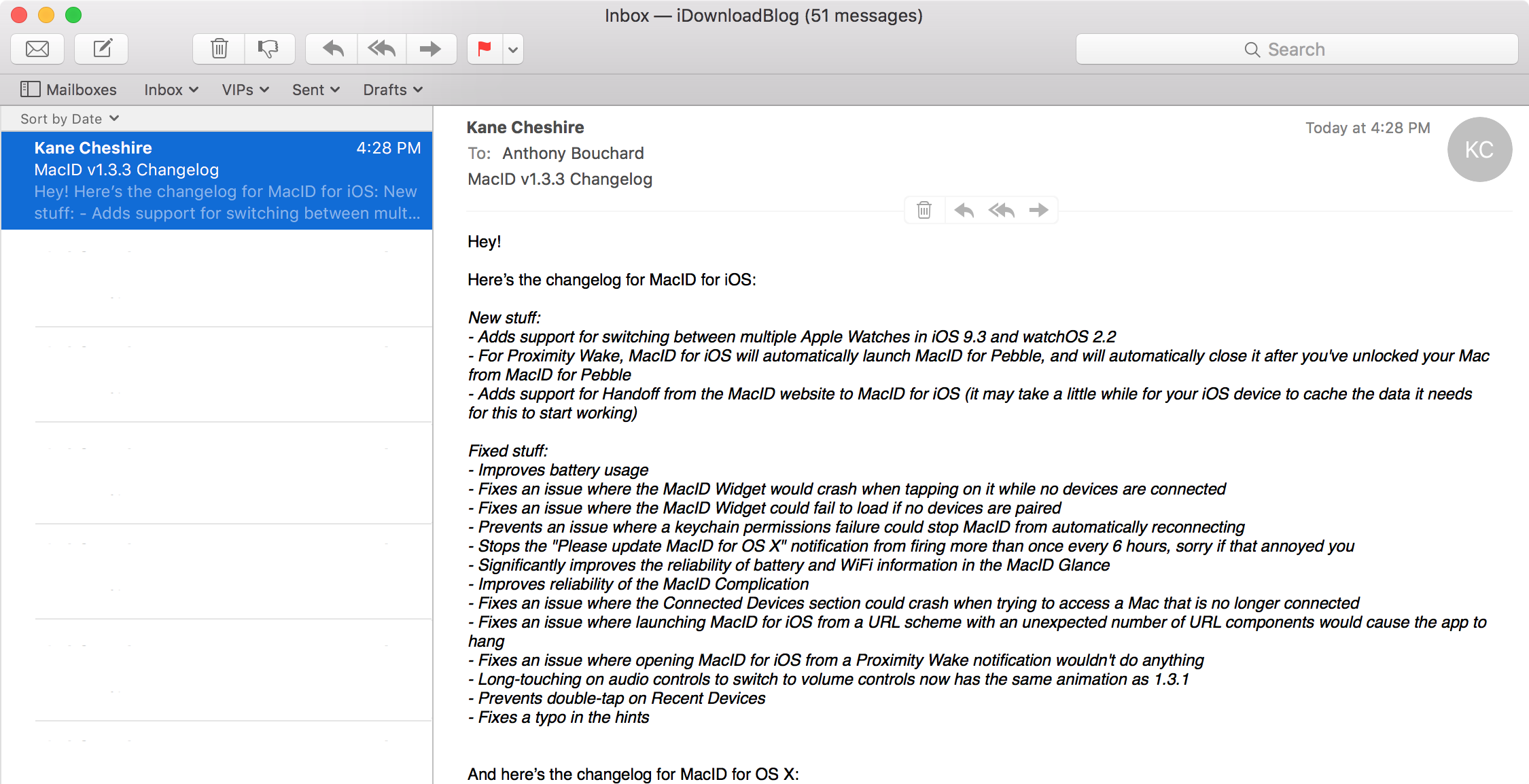Safari extensions add functionality to Safari, so you can explore the web the way you want. Extensions can show helpful information about a webpage, display news headlines, help you use your favorite services, change the appearance of webpages, and much more. Extensions are a great way to personalize your browsing experience.
Use the App Store to conveniently download and install Safari extensions. All extensions in the App Store are reviewed, signed, and hosted by Apple for your security.
Mac Mail Plugin
How to install extensions
Start by installing the latest macOS updates to make sure that Safari is up to date. You need Safari 12 or later to get Safari extensions from the App Store.
Find and install an extension:
- Open Safari and choose Safari > Safari Extensions from the menu bar.
- The App Store opens to the Safari Extensions page, as pictured above. To download and install an extension, click Get or click the price. You might be asked to sign in with your Apple ID.
- Click Install.
- After the extension is installed, click Open and follow the onscreen instructions provided by the extension.
There's another way to make OS X's mail server work for you - upgrade to Mac OS X Server 10.3. Of course, this removes the free aspect (it costs $999 for unlimited clients). Download MacOS X HTTP Mail Plugin for free. A plugin for the MacOS X Mail application that adds the ability to fetch mail stored on a httpmail (Hotmail) server. Use to Mail Plugin Manager to enable, disable or even remove plugins for Mail without having to dig around in folders. Free SmallCubed Mac OS X 10.10/10.11/10.8/10.9 Version 2.2.5 Full Specs. In the Mail app on your Mac, select one or more mailboxes, then choose Mailbox Export Mailbox. Choose a folder or create a new folder, then click Choose. Mail exports the mailboxes as.mbox packages. If you previously exported a mailbox, Mail doesn’t overwrite the existing.mbox file; it creates a new.mbox file, such as My Mailbox 3.mbox. Included in the Mac operating system. Supports smart folders and robust filters.
Then return to Safari to turn on the extension you installed:
- Choose Safari > Preferences.
- Click Extensions.
- Select the checkbox next to the extension's name.
All extensions installed from the App Store are automatically kept up to date.

How to turn off or uninstall extensions

Choose Safari > Preferences, then click Extensions.
- To turn off an extension, deselect its checkbox.
- To uninstall an extension, select the extension and click the Uninstall button. If you can't determine what an extension does, or you don't expect to use it again, you should uninstall it.
Learn more
Plugins For Mac Os X Mail Free
Safari no longer supports most web plug-ins. To load webpages more quickly, save energy, and strengthen security, Safari is optimized for content that uses the HTML5 web standard, which doesn't require a plug-in. To enhance and customize your browsing experience, use Safari extensions instead of web plug-ins.
